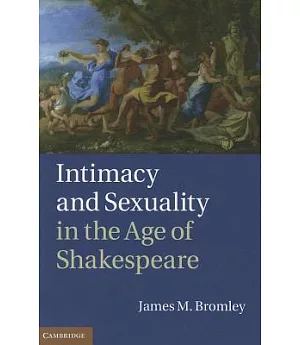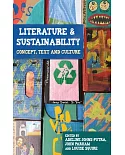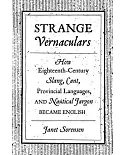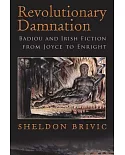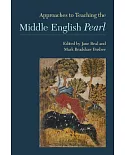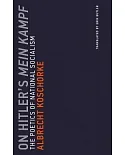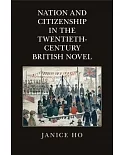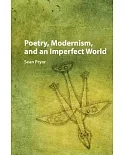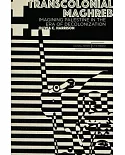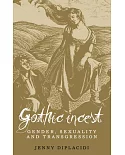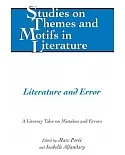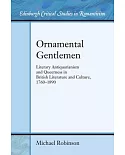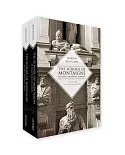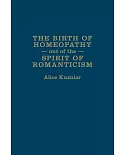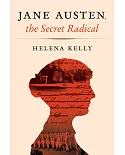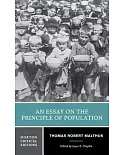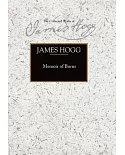'In his 1583 The Anatomy of Abuses, Philip Stubbes famously charged that drama taught audiences how to 'play the Sodomits, or worse.'1 Stubbes's capacious 'or worse,' I would suggest, refers to
certain affective relations that eventually became illegibleunder the rubrics of modern intimacy. In this book, I map the circulation of knowledge about these queer affections, not only in the
plays that Stubbes targets, but also in poetry and prose written between 1588 and 1625. During the sixteenth and seventeenth centuries, the intimate sphere coalesced around relations
characterized by two elements: interiorized desire and futurity. Interiorized desire locates the truth about the self and sexuality inside the body, thereby organizing and limiting the body's
pleasures based on a hierarchized opposition between depths and surfaces. Access to futurity involves the perceived sense of a relationship's duration and its participation in legitimate social
and sexual reproduction. These changes, of which Stubbes's charge is one of many indices, laid the foundation for modern understandings of normative intimacy as coextensive with long-term
heterosexual monogamy. Coupling, and more specifically marriage, was invested with value as a site where affection was desirable -'--

